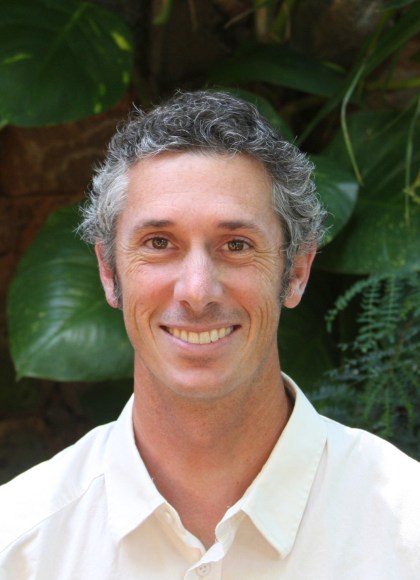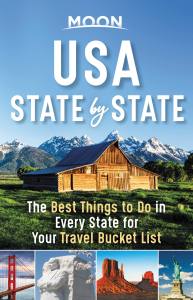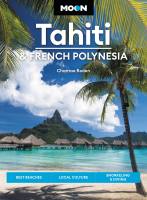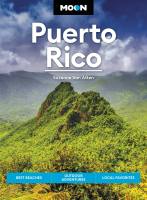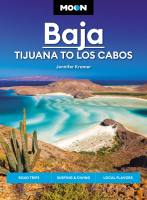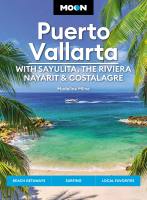Best Surf Spots in Waikiki
Surfing is synonymous with Waikiki. Not only did Hawaiians invent the sport of surfing, but the legendary Duke Kahanamoku—original beachboy, Olympic gold-medal swimmer, and the father of modern-day surfing, who hailed from Waikiki—introduced the fluid sport to the world. The surf breaks that Duke made famous riding on heavy wooden boards are the same spots that surfers seek out today.

While the waves are biggest, best, and most consistent during summer, June-September, Waikiki has the potential to see surf at any time during the year. Whether you are a longboarder, a shortboarder, experienced, a novice, or a first-timer, Waikiki has a number of breaks that suit all abilities. Just remember that proper surfing etiquette applies at all breaks, and with so many people in the water, safety and respect for others are of the utmost importance. When in doubt, don’t go out.
Ala Moana Bowls to Kaiser’s
Ala Moana Bowls is a fast, hollow left that is heavily guarded by a seasoned crew of local surfers. The wave breaks into the mouth of the Ala Wai Small Boat Harbor and is best viewed from across the channel on Magic Island. Kaiser’s is a predominant right that breaks over a very shallow reef shelf. With a tight takeoff zone and a pack of hungry locals, it’s also best left to the residents. If you plan on surfing in this area, it’s best to surf the stretch of reef between the two spots, known as Rockpile. Good for both shortboarding and longboarding, the fast lefts break over sharp, shallow reef and allow for a quick cover-up if you’re lucky. Paddle out from the small swatch of beach fronting the parking lot (with designated free and paid parking), but avoid the areas of very shallow reef straight out from the beach. There are some slow whitewater rollers on the inside perfect for beginner surfers.
Newsletter Signup
By clicking ‘Sign Up,’ I acknowledge that I have read and agree to Hachette Book Group’s Privacy Policy and Terms of Use
Fours to Populars
Straight out from the U.S. Army Museum, on the east side of a deep channel, is Fours, a wave that only comes alive when the surf gets big. Just to the east of Fours, way out over the outer reef, is Threes, a perfect right that breaks best on a low tide and holds its shape at all sizes. Threes is a favorite with local surfers and gets very crowded. To the east of Threes is Paradise, a surf zone with big, rolling, shifty peaks. It’s a favorite for longboarders and stand-up paddle surfers. Continuing east, the next break is a favorite for all board riders—Populars. Locally referred to as Pops, this long right breaks over a sand-covered reef and can handle big surf. When the trade winds are stiff, Pops does get choppy.
Canoes
Canoes is straight out from the west end of Kuhio Beach Park. It breaks both right and left and has several takeoff zones. A slow, rolling longboard wave, Canoes is perfect for beginners. Start off slowly on the inside, catching the whitewater till you learn to stand up and balance on the board. Once you’re more confident and comfortable, sit out the back with a mix of locals, beachboys, and people from all around the world sharing in this Hawaiian tradition. Canoes is very crowded with all types of watercraft, from 12-foot longboards to canoes and catamarans. Stay aware and, by all means, if something large is coming your way, don’t be a deer in the headlights; paddle out of the way.

Queen’s
Queen’s, also called Queen’s Surf, is one of the best waves in Waikiki. Straight off the beach from the east end of Kuhio Beach Park, before the lagoon, it’s best for longboarding. Professional and amateur contests are often held here. The perfect turquoise rights draw a host of the best longboarders in Hawai‘i, who hang ten down the line with style and ease. Queen’s is usually very crowded, and if there’s any swell in the water, Queen’s is breaking. Because of the tight takeoff zone and thick crowd, beginners should stick to Canoes.
Publics to Tongg’s
Just on the east side of the rock jetty off Queen’s Surf Beach, way off the beach on the outer reef, Publics is a long left that breaks over shallow, sharp, and irregular-shaped coral heads. Sound inviting? For longboarders, the long, sloping wave offers a chance to get out of the thick crowds in the heart of Waikiki. The wave is best ridden at high tide, when the coral heads are submerged. On low tide, the coral heads go dry and the wave breaks right over them. The break can get choppy from its exposure to the trade winds, and on big south swells, the waves can get quite big and the currents very strong. A lifeguard in the tower on the beach can assist you with ocean conditions.
To the east of Kaimana are two breaks best for longboarding on the outer reef: Old Man’s is on the left side of the channel and Tongg’s just up the reef. These soft, sloping waves offer respite from the Waikiki crowds, but keep an eye peeled for coral heads.
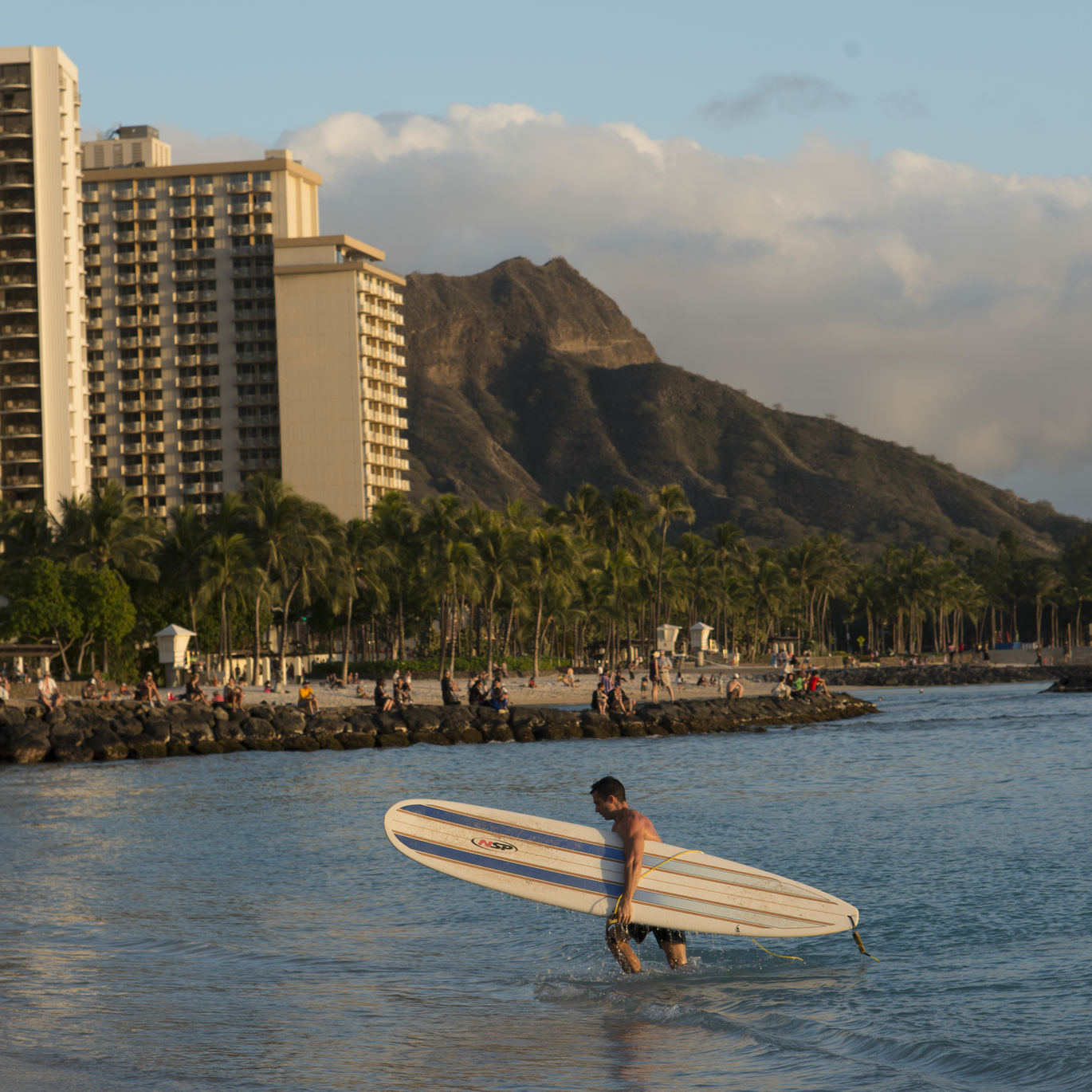
Diamond Head
On the west end of Diamond Head, off Makalei Beach Park, is Suicides, a left for experts only. It’s windy, quite a ways offshore, and subject to strong currents. Below the Diamond Head Lookout parking lots are several good breaks, the two most popular being Lighthouse and Cliffs. At the bottom of the trail down the cliff is a deep channel through the reef. From the beach, to the right of the channel is Lighthouse, a fast and powerful right for experts only. On the left of the channel is Cliffs, several peaks along the reef that break both right and left and are suited for all types of board riders. Diamond Head can get very windy as the trade winds blow right across the break, and is a favorite for kiteboarders and sailboarders during the extreme conditions.
From the Pacific to the Atlantic, through prairies and bayous to snow-capped mountains, uncover the best of the US with Moon USA State by State.
Newsletter Signup
By clicking ‘Sign Up,’ I acknowledge that I have read and agree to Hachette Book Group’s Privacy Policy and Terms of Use
